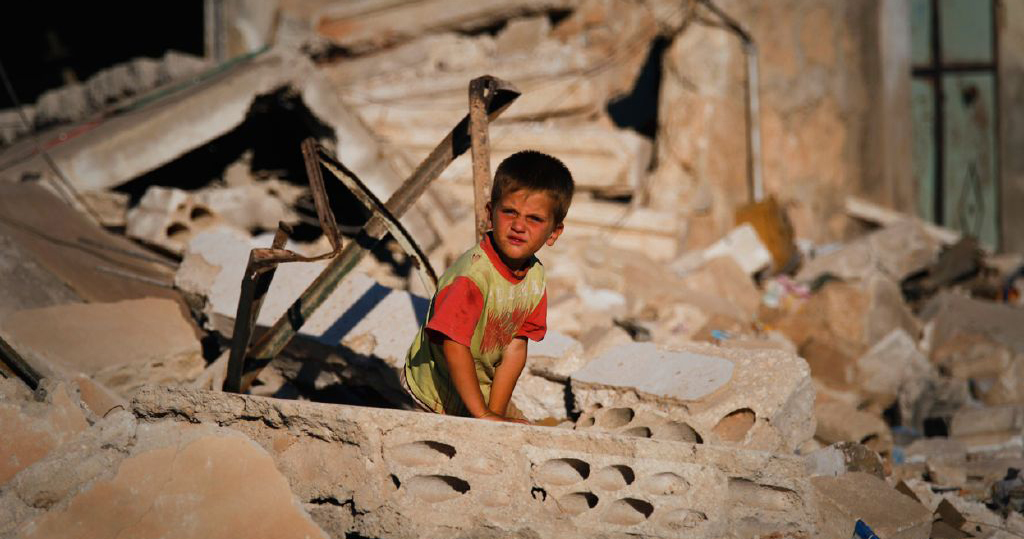
The brutal conflict in Syria — which has lead to 2,50,000 deaths, displaced close to 5 million people, and has resulted in the biggest refugee crisis since World War 2nd — is raging since 2011. It has ceased to be a civil war and mutated into a multidimensional proxy war with multiple stakeholders who wield substantial clout in international geopolitics. It is also a cold war 2.0 redux with Russia flexing its muscles at the global stage for the first time since the disintegration of USSR.
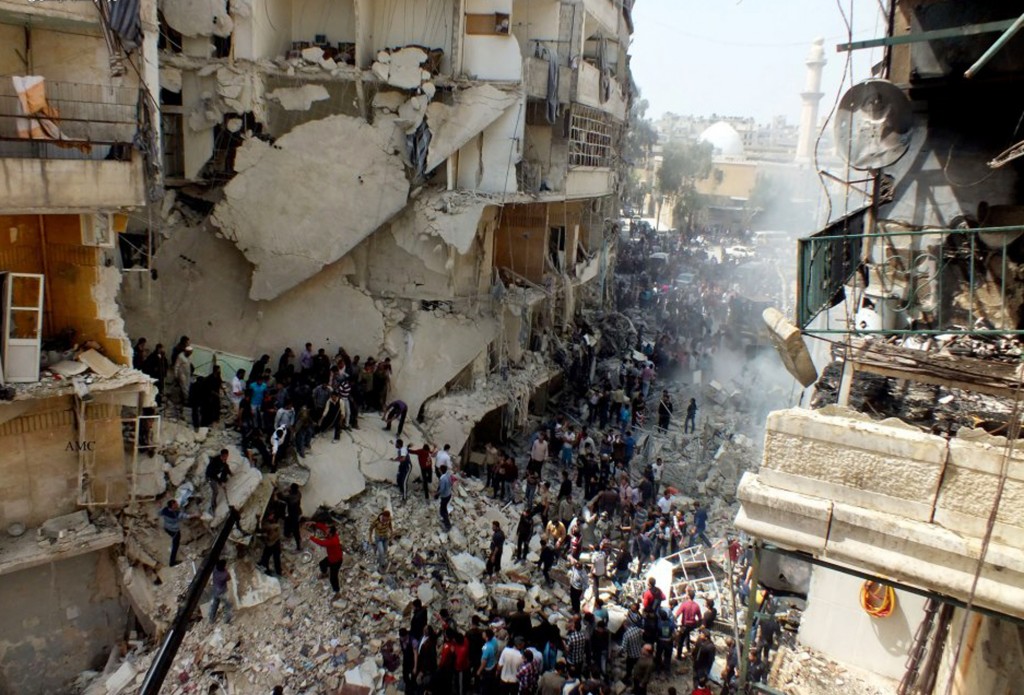
Protests against the authoritarian government of Syrian president Bashar Al-Assad started in 2011 when the mass revolt of Arab Spring had toppled regimes in many neighbouring Middle East nations. What started as a single spark in Tunisia, after a roadside vendor was killed by the brutal police, became a prairie fire that engulfed many nations. We witnessed regime changes in Tunisia and Egypt, while protests were quelled in Bahrain – a key ally of the USA and Saudi Arabia.
In Syria, the protests started in the southern city of Deraa where some students painted a subversive anti-government slogan on a wall. The Syrian security forces arrested and tortured them. After that, the protests spread to other parts of Syria. By mid-2011, lakhs of people took to the streets and the protests reached the national capital Damascus as well as the largest industrial and manufacturing center Aleppo, an ancient city which is in ruins now. Hama, the site of a fierce insurgency which lead to a massacre in 1982, also saw severe protests.

Protesters initially had genuine grievances and wanted more democracy, freedom, and accountability from their ruler. They were normal men and women frustrated with endemic authoritarianism, corruption, and nepotism. But many of them soon picked up arms and formed militant groups. It was here that USA, UK, Saudi Arabia and Qatar began funding and supplying arms to the militant groups. Ousting Assad and installing a pliant ruler became a key foreign policy goal of USA as well as GCC (Gulf Cooperation Council) nations, and in furtherance of their objective, they didn’t have any inhibitions in funding even regressive Islamist militants.
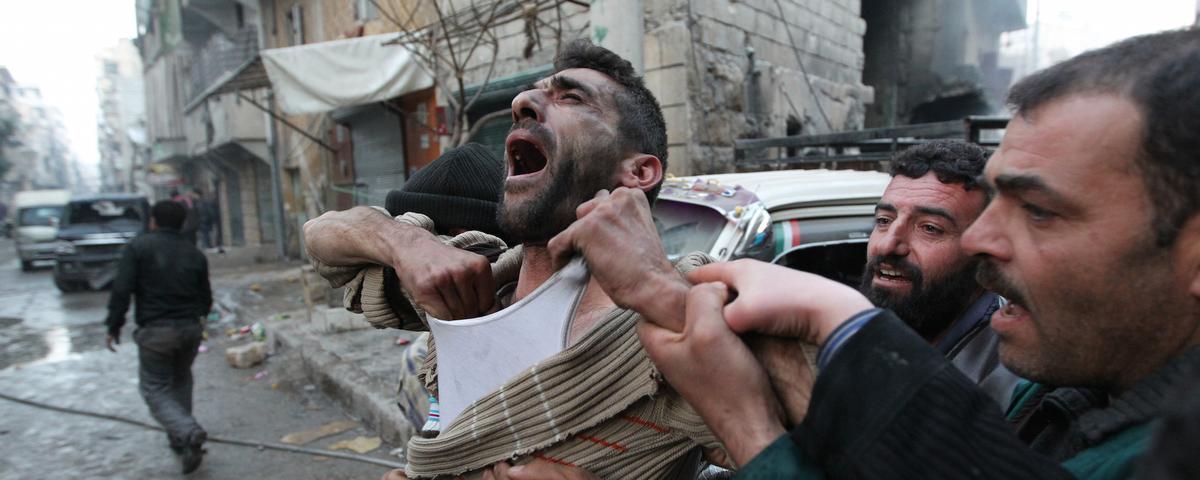
To give a brief backdrop, Syria is ruled since 1970 by the Baathist government. Baathism, as an ideology, was propounded by Michael Aflaq, a French-educated Syrian Christian sociologist, and political theorist. Baathism espoused socialism + Arab nationalism. It was essentially a secular ideology.
During the cold war, Syria aligned with the USSR and there was a Soviet naval base in the city of Tartus. The US wanted to destabilize Syrian regime since long because not only was it pro-USSR/ Russia but also an ally of Iran and against Israel. Iran and Saudi Arabia are two regional powerhouses in the Middle East and both want their hegemony. The conflict in Syria is also a theater of proxy clash between Iran and Saudi Arabia. Both Saudi Arabia and Iran represent the two biggest sects of Islam whose conflict dates back to 1400 years. The Sunni Saudi Arabia and the Shia Iran.

Iran, Iraq, Russia, Hezbollah (A Lebanese Shia militia) support the Syrian government. And USA, UK, Saudi Arabia, Qatar, Turkey, and groups like FSA (Free Syrian Army), Ahrar Al Shams, Jabhat Fateh Al-Sham (formerly Al Nusra – an affiliate of Al Qaida) and the most dreaded terror group, ISIS, want to topple the government.
On the ground currently, there is no moderate opposition and FSA has long been hijacked by the Jihadists. So there are only two alternatives:
1)Assad regime which is mostly secular despite being over-centralised and authoritarian.
2)The head chopping sectarian supremacist jihadists who want to expel all the religious minorities and convert the country into a Sharia-ruled state.
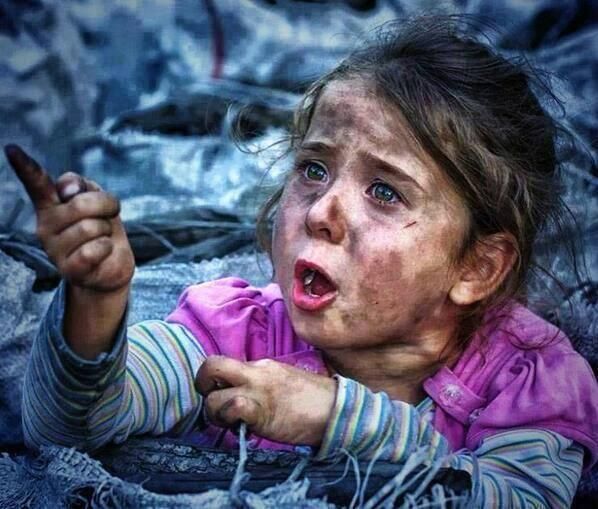
The ” moderate rebels ” are more of a misleading term and western media disinformation because on the ground the dominant opposition is Salafi/Wahhabi jihadist groups.
Damascus, which is the world’s oldest capital city, is important for both Saudi Arabia and Tehran.
Syria is a transit point for Iran to supply weapons to Hezbollah and Hamas for the Palestinian cause.
Saudi Arabia is now warming up to Israel. Egypt already has cordial working relations with Israel. So the Arab nations have ditched the Palestine cause, or better put shelved it in cold storage. Israel views Iran as it’s number no enemy and no surprises that Israel’s strongest ally USA also calls Iran the biggest sponsor of terrorism, which is a blatant lie, given that Saudi Arabia is the fountainhead of Islamist terror groups.
Another dimension is a natural gas pipeline. One is of Qatar. And another is of Iran. Syria agreed for the Iranian pipeline to pass through it to Europe and denied Qatar. Qatar pipeline project was backed by the USA to reduce European reliance on Russian gas.
Syria is a strategic location and was the only country that wasn’t complying to US/ NATO etc.
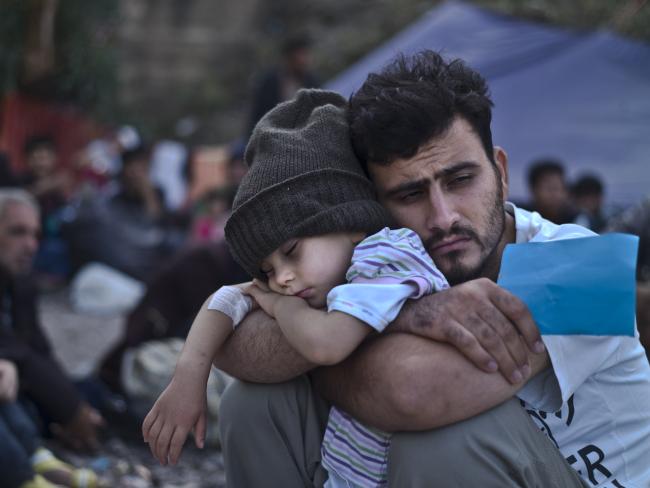
In a war, both sides kill and both commit atrocities. Assad is also no saint. He has skeletons in his closet. But he is definitely a lesser evil as compared to the jihadist groups.
Also, the Syrian government is the last hope of the minority Christians and Druze in Syria.
If Assad if removed, the country would descend into an anarchy and would resemble Libya, where there are 2-3 power centers and migrants, are abducted and sold as slaves.

There are no ideal situations or utopian logics in real life and we have to take a side. Endless permutations and combinations don’t work in realpolitik.
Comments
- Advertisement -

